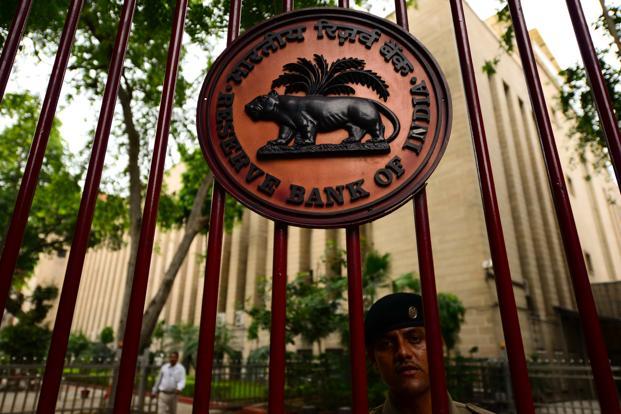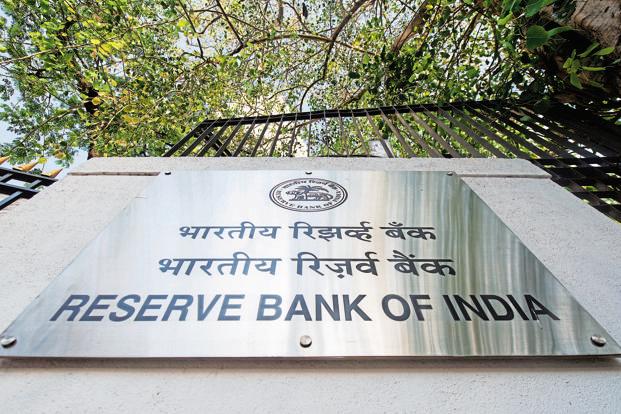Saddled with a pile of bad assets, the nation’s largest lender State Bank of India (SBI) is auctioning around Rs.4,000 crore of its Rs.67,799 crore stressed loans to asset reconstruction companies (ARCs). SBI is not alone; many banks are rushing to sell their bad loans as fiscal year 2014 draws to a close. By industry estimates, bad loans worth at least Rs.45,000 crore are being auctioned this year, the highest in any year since the ARCs came into existence in the early 2000s.
ARCs buy the bad assets of banks at a discount, recover them, and earn a fee for managing the assets. There are 14 ARCs in India. Since 2003, when the first ARC was set up, around Rs.80,000 crore worth of bad assets have been put on auction and 25-30% of the loans have been sold. The success rate dropped to a mere 10% last year but this year, at least 50% of the bad assets auctioned are estimated to be sold as both sellers and buyers have become aggressive. Banks want to get rid of their bad assets and ARCs are sniffing massive business opportunities not seen before.
Of course, Reserve Bank of India governor Raghuram Rajan’s war against bad loans has encouraged banks to offload such assets and clean up their books. The rush will continue in the next fiscal year as well as banks are being allowed to sell even those assets that are under stress but are not yet classified as non-performing assets (NPAs). A loan turns into an NPA when a borrower does not pay a bank’s dues for 90 days, but from the next fiscal year, banks are allowed to sell a loan to an ARC when it is not serviced for more than 60 days. Banks are also being allowed to amortize the loss on account of selling such assets at a discount over a period of time, which they do instantly now.
The rush to sell bad assets is a happy omen but this shouldn’t turn into a game of short-term gain and long-term pain. As ARCs are not well-capitalized, most bad assets are being sold against the so-called security receipts (SRs) and not cash, and there is no explicit guarantee that all ARCs will be able to fully redeem the SRs.
When a bank sells bad loans to an ARC, the acquisition price is derived from the value of collateral security and the discount rate depends on whether the loan is sold against cash or SRs. When an ARC buys a bad asset paying cash, the discount is typically 25-30% but in the case of SRs, a pass-through certificate, the discount is much lower. In an SR transaction, an ARC must invest 5%. In such deals, an ARC also gets management fees—1.5-2% per annum—on the face value of the outstanding SRs.
Such receipts usually carry an indicative yield and if the recovery is higher, the upside is shared between the ARC and the bank in the ratio of 80% and 20%. Both cash and SR deals help a bank reduce its pile of bad loans, but in the case of SR transactions, the bad assets get transferred from a bank’s loan book to its investment book as the bank itself invests in the pass-through certificates.
As far as ARCs are concerned, paying higher SR value to the seller bank does not really affect them as they earn management fees and over a period of time such fees can take care of the loss, if any, on account of non-redemption of SRs fully and even the money they invest in buying such assets. The resolution process normally takes five years and can go up to eight years. This may encourage an ARC to work out SR pricing in sync with the seller bank’s expectations, irrespective of the value of underlying security and complex resolution issues. In other words, an ARC can build its asset book by offering attractive prices for bad loans but the bank can end up being a loser, as when the SR pricing is not in relation to the underlying security, it may not be an easy task to redeem them.
In early years when ARCs set shop, most transactions used to be settled in SRs. In the over-aggressiveness to build the asset book by ARCs, many of the acquisitions were made in SRs. But as they were issued apparently at very high values, they could not be redeemed fully. That changed the scenario and the banks that suffered losses on their investments in SRs started pushing for cash deals. Since ARCs have not been able to meet banks’ expectations in cash, there have not been many transactions in this space in the past few years, but the trend has changed now with banks in a tearing hurry to offload their bad loans and ARCs bidding for such loans in exchange of SRs with liberal pricing. If indeed the ARCs are not able to redeem the SRs in future, the banks will merely end up postponing the loss.
How does one make sure that neither the banks nor the ARCs lose out on such deals? First, the ARCs need to be recapitalized so that they are able to buy bad assets by paying cash, as long as banks have realistic price expectations. Foreign investors can put in money in ARCs but this has not been happening so far. Second, a realistic valuation is the key to creating the secondary market for SRs. Finally, with right pricing, ARCs should be able to ensure redemption of SRs. If they are not able to do that, barring unforeseen situations they should be held accountable and even penalized for irrational pricing. No one should be allowed to kill the bad loan market for short-term gains.



